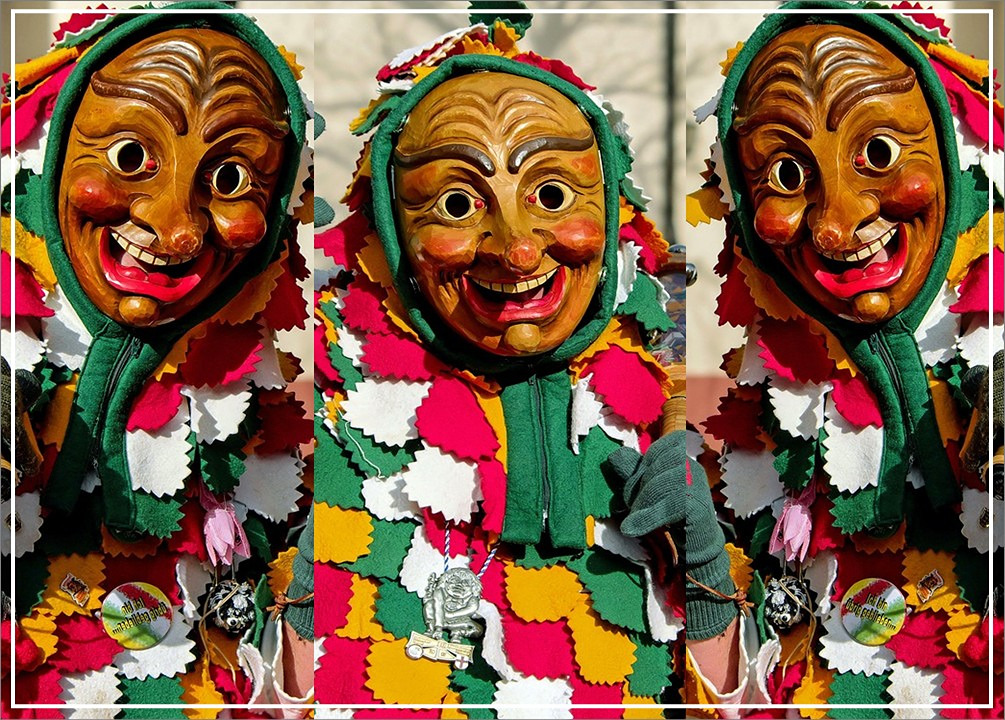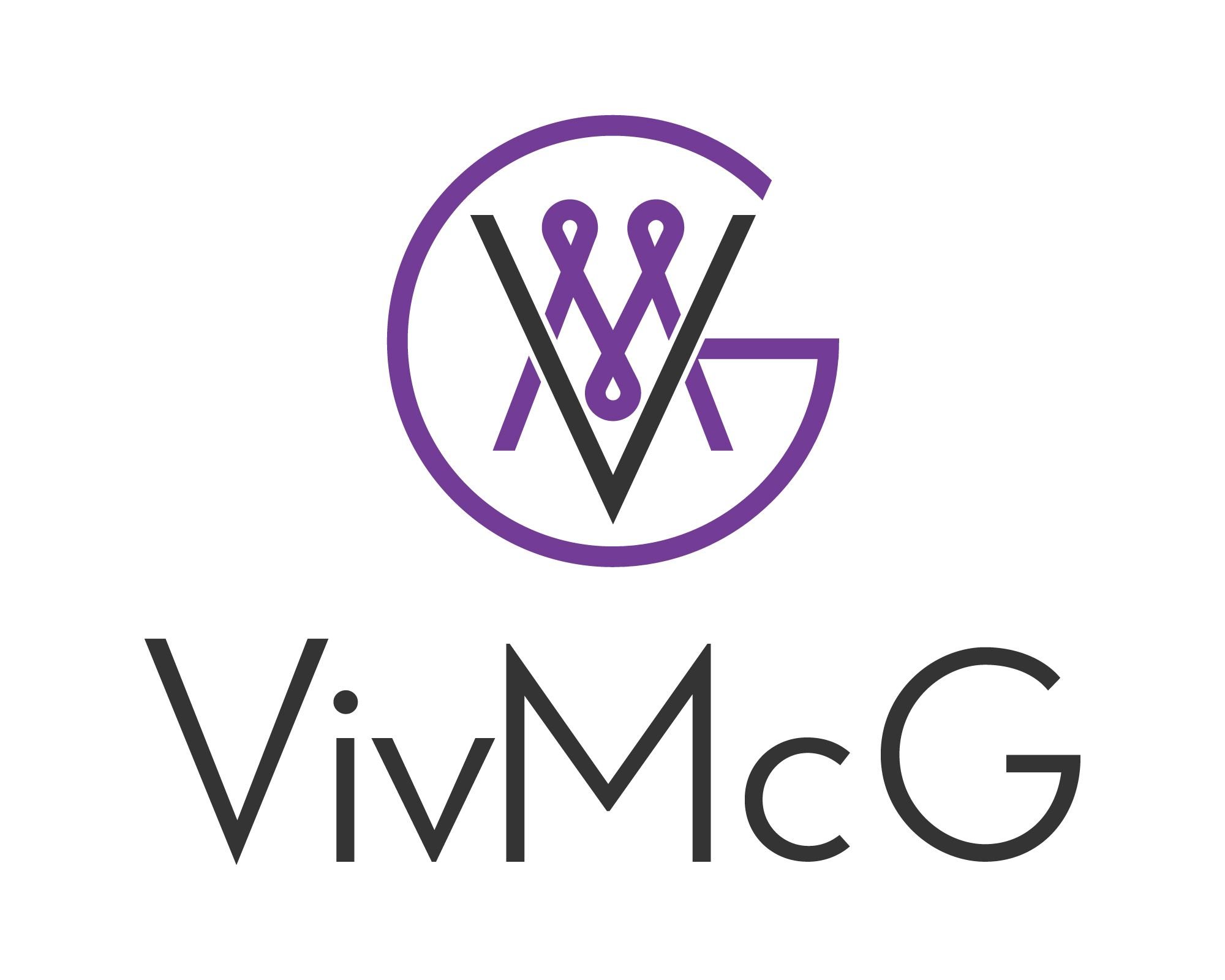who are you?

We’ve all been there - staring at a task, knowing we should get started, yet somehow finding ourselves doing anything but. Whether it’s putting off work, avoiding difficult conversations, or procrastinating on a personal project, the reasons behind procrastination often feel complex. However, not all procrastination is created equal. In fact, procrastination can stem from different psychological patterns, and understanding your unique procrastination archetype can be a real game-changer.
The three procrastination archetypes provide a fascinating window into the deeper reasons behind why we put things off. Each archetype reflects specific emotional triggers, thought patterns, and belief systems that fuel procrastination. By understanding which archetype resonates with you, you gain invaluable insight into the root causes of your delays - whether it’s fear, perfectionism, lack of confidence, or a deeper internal conflict.
These archetypes also reveal the underlying beliefs or fears that prevent you from moving forward. Perhaps you’re avoiding tasks because of a fear of failure or rejection. Maybe you’re paralysed by the desire to make everything perfect, or you’re overwhelmed by the enormity of the task at hand. Recognising which fears and beliefs are at play in your procrastination allows you to begin addressing them directly.
What’s even more empowering is that by identifying your procrastination archetype, you can create personalised strategies that speak directly to your unique challenges. Whether it’s learning to silence self-doubt, embracing imperfection, or breaking large tasks into manageable chunks, these strategies will allow you to reclaim control and start making meaningful progress. Instead of feeling stuck, you’ll be equipped to tackle your goals with newfound confidence, clarity, and purpose, gradually shifting from procrastination to productive action.
So, who are these three archetypes? Let’s explore them, one by one.
The Dreamer: Lost in Possibility
Dreamers are visionaries. They are the people who can see a vast landscape of possibilities and potential. They have grand ideas, wild ambitions, and exciting plans. However, they often find themselves stuck in the planning stage, unable to take action. Why? Because they get caught up in the dream itself rather than the reality of what it takes to turn that dream into something tangible.
Dreamers are often filled with excitement and inspiration. They thrive on new ideas and envision great success. However, when it comes time to take action, they hesitate, often feeling overwhelmed by the scope of what’s needed. The Dreamer procrastinates because they fear losing the dream’s magic if they dive into the practical, nitty-gritty work. They might also struggle with perfectionism, wanting their work to be perfect before it’s even begun.
The Dreamer archetype procrastinates because they are emotionally invested in their idealised vision of success. Starting a project means facing the reality of potential failure, setbacks, or the hard work involved. This creates anxiety and a reluctance to begin. Dreamers may also get lost in the excitement of “what-ifs” and never feel quite ready to make the first move.
How do you best work if you recognise yourself as the Dreamer archetype? Here are a few suggestions for you:
Break down the vision into smaller steps - instead of focusing on the entire scope of the project, start by breaking it down into manageable chunks. What’s the first small action you can take? Focus on that one step instead of the whole journey.
Reframe perfectionism - understand that you don’t need everything to be perfect at the outset. Embrace the idea that the process is just as important as the final result. You will refine your ideas and work as you go, so perfection is unnecessary at the start.
Set realistic deadlines - dreamers often procrastinate because they’re unsure of when to start or how long things will take. Setting deadlines (even self-imposed ones) can give you a sense of urgency and momentum.
Ground your dreams in reality - take a practical approach to your grand ideas. What is the first actionable step you can take today to bring your vision closer to reality? Focus on the “now” rather than the distant “someday.”
The Doubter: Paralysed by Fear
The Doubter is often riddled with self-doubt and fear. Unlike the Dreamer who is caught up in possibility, the Doubter struggles with internal voices of insecurity. They question their abilities, question the value of their work, and fear rejection or failure. As a result, they procrastinate in an attempt to avoid facing these fears.
The Doubter procrastinates because they do not feel “ready” or do not believe they have what it takes to succeed. The feeling of inadequacy paralyses them, leading to inaction. They may have the skills and knowledge to complete the task however they struggle with self-confidence, allowing their inner critic to take the wheel.
Doubters procrastinate because they fear the judgment of others or worry about not measuring up. They struggle with perfectionism as well, however their perfectionism is rooted in a fear of failure, not a fear of getting it “just right.” This creates an endless cycle of doubt, hesitation, and ultimately, delay.
Are you the Doubter archetype? Here are a few suggestions to help you overcome procrastination as a Doubter:
Acknowledge the fear - start by acknowledging your fear of failure or inadequacy. Understanding that this fear is normal and that everyone experiences it can help to lessen its grip on you. Don’t try to ignore or suppress the fear, rather face it head-on.
Build confidence incrementally - start by taking small actions that don’t feel overwhelming. Celebrate each small win to build your confidence. The more you accomplish, the more you will believe in your abilities.
Challenge negative self-talk - pay attention to the negative thoughts that fuel your procrastination. Whenever you catch yourself thinking, “I’m not good enough” or “I can’t do this,” counteract it with a positive affirmation or evidence of past success.
Focus on progress, not perfection - the Doubter tends to get stuck because they feel they need to be perfect before taking action. Reframe your mindset to prioritise progress over perfection. The key is taking steps forward, no matter how small.
Get support from others - having someone to encourage and support you can be a great antidote to self-doubt. Reach out to and begin working with a mentor like me who can provide feedback, encouragement, and guidance.
The Disguised Perfectionist: Hiding Behind Excuses
The Disguised Perfectionist is the archetype who presents as practical and hardworking yet is, at their core, driven by a fear of imperfection. On the surface, they seem like they are working toward their goals (maybe they’ve made plans, written lists, or organised their workspace), yet they can’t seem to make real progress. Why? Because their focus is on getting everything exactly right, which leads to delays, avoidance, and ultimately, procrastination.
The Disguised Perfectionist procrastinates because they are constantly in a cycle of trying to make everything perfect before moving forward. They might spend days, weeks, or even months fine-tuning the details, revising their plans, or planning out every possible scenario. As a result, they never actually take meaningful action.
This archetype procrastinates because of an underlying fear of making mistakes, being judged, or failing. The perfectionist believes that unless something is flawless, it is not worth doing at all. Unfortunately, this mindset keeps them stuck in an endless cycle of planning, overthinking, and avoiding.
Do you recognise yourself as a Disguised Perfectionist? Let’s explore a few ways that will help you better overcome the procrastination that stands in your way:
Shift your mindset around failure - understand that failure is not the end, it’s an opportunity for growth. Mistakes help you learn and improve. By shifting your perception of failure, you give yourself permission to start before everything is perfect.
Set time limits for tasks - the perfectionist often spends far too much time on one task, trying to make it perfect. Set time limits for each part of your project and challenge yourself to move forward even when things aren’t perfect.
Embrace imperfection - start by allowing imperfection in small ways. Accept that your work doesn’t have to be flawless to be valuable or meaningful. With practice, you’ll start to see that imperfection doesn’t equate to failure - it’s part of the creative process.
Focus on action, not results - instead of fixating on the final product, focus on the process and the action itself. Take action for the sake of progress, not perfection.
Get feedback sooner - perfectionists often delay sharing their work because they’re not ready. However, getting feedback early in the process can help you refine your ideas and give you the motivation to keep moving forward.
No matter which archetype resonates with you the most, the key to overcoming procrastination lies in understanding the underlying fears and limiting beliefs that keep you stuck. Whether you're the Dreamer, the Doubter, or the Disguised Perfectionist, the first step is acknowledging your patterns and learning how to work with them, rather than against them.
By breaking your procrastination habits down into actionable steps, you can begin to shift your energy from avoidance to action. The Dreamer can learn to ground their grand visions into small, achievable goals. The Doubter can work on building self-confidence and reframing negative thoughts. The Disguised Perfectionist can embrace imperfection and focus on progress over perfection.
The key is to start small, be kind to yourself, and remember that every step forward, no matter how small, is progress.
Procrastination doesn’t have to control your life. By identifying your procrastination archetype and taking action, you can unlock your true potential and start living the life you’ve always dreamed of.
Now that you've glimpsed the patterns that keep you circling the same mountain (habits, doubts, and delays that quietly drain your potential) what will you do with that awareness?
Will you continue letting these unseen forces shape your days, or will you finally pause and listen to what your higher self has been trying to whisper all along?
This is your invitation to lean in, to explore the hidden impact of staying stuck, and to make space for the truth your soul is ready to hear.
The guidance you’ve been seeking is closer than you think. All you need to ask is…




